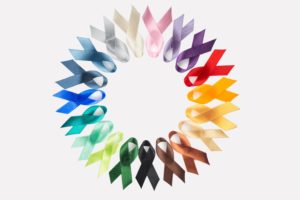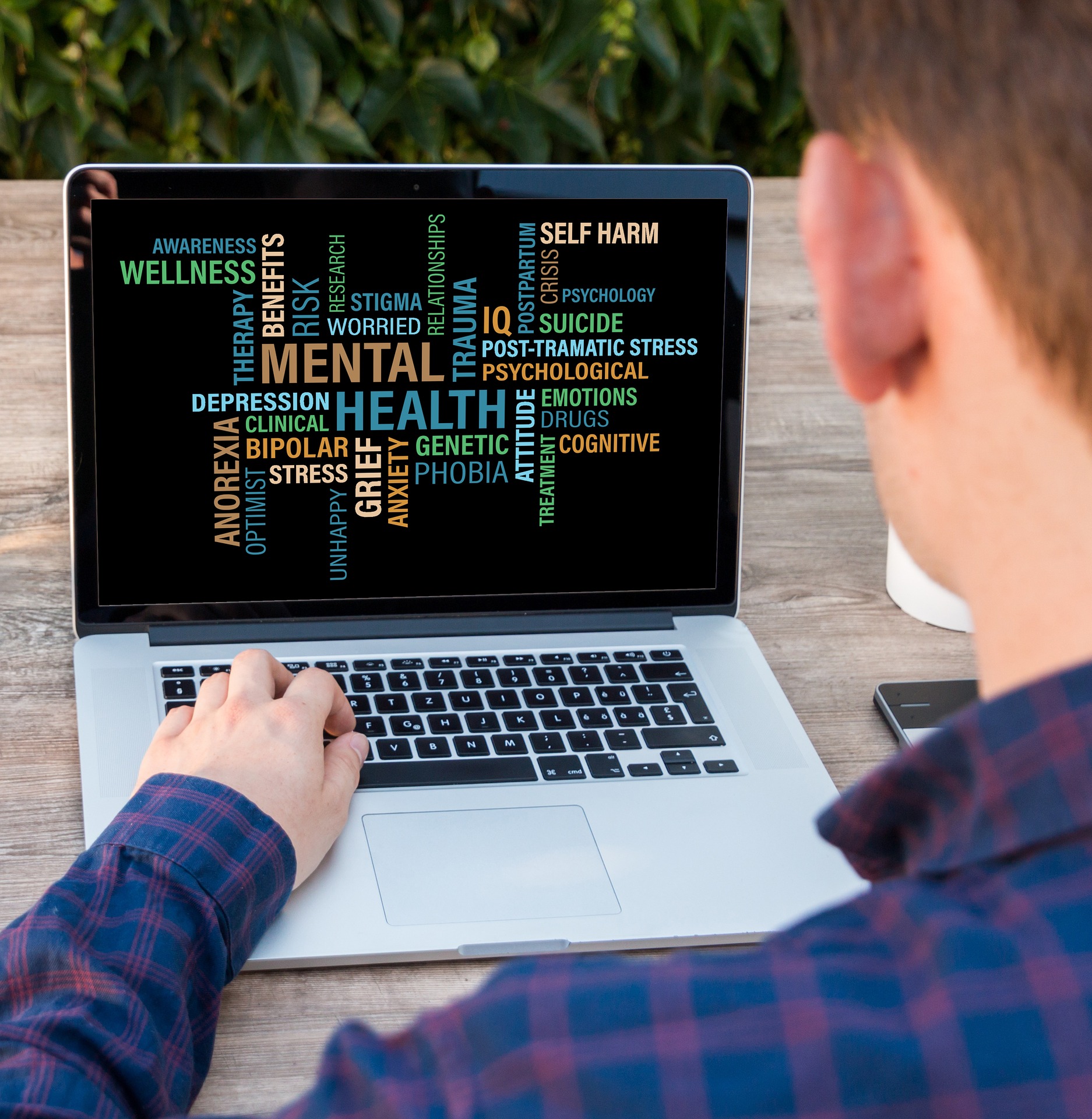Netflix is the world’s most popular streaming provider, with more than 165 million hours watched every year worldwide. While most content intends to entertain viewers in the form of scripted series, movies, and reality shows, Netflix also provides a broad offering of documentaries and educational content that encourage learning.
In terms of public health-related content, Netflix has a wide variety of subjects, including sexual health, mental health, and epidemiology, among many others.
To better understand whether public health offerings on Netflix can be used to educate viewers, we will review two series focusing on mental health.
The usefulness of fiction to increase public health awareness
The first series I will address is called “Atypical,” about a young adult named Sam who is on the autism spectrum. Sam’s daily life is often challenging due to being on the spectrum, and the plot revolves around his newly discovered desire to find love. In the first episode, we are already learning about autism spectrum disorder (ASD). The show starts by debunking the common misconception that “autistic people do not feel emotions or have empathy. This helps all viewers (which may include public health practitioners) to educate themselves on this condition and other misconceptions explored by the series.
I can hear some of my colleagues saying, “Learning about ASD is more useful to doctors or nurses,” and here I disagree! These types of series are not made to teach symptomology, but to comment on and prompt discussion about how our society can evolve. Learning about ASD in this format might inspire people to act more kindly, thanks to their newly gained understanding of the experiences of people who are different from them. For instance, let’s imagine that an autistic individual has a run-in with a police officer. ASD does not have a specific “look,” so the officer may not realize they are encountering a person on the spectrum. Depending on the nature of the encounter, it could negatively impact the individual’s state of mind and result in a difficult or intense exchange, due to the stressful social situation and overstimulation of the exchange.
I believe that a police officer who has seen the series might have a better understanding of the mannerisms of people on the autism spectrum and thus act differently. The officer might stop and ask, “Why is this person uncooperative? What spurred this behavior? Could they be autistic?” The officer might have learned that they should try to reassure the individual and reduce potential stimuli to defuse the situation. In other words, someone who watched “Atypical” might be more careful and considerate of the issues of the autistic population. This is what public health is all about. The prominent educator Ernest Boyer said, “Clearly no knowledge is more crucial than knowledge about health. Without it, no other life goal can be successfully achieved.”
The danger of using TV shows and movies as the sole source of public health information for the public
We must be careful to not overestimate the impact of television and movies to increase public awareness about public health issues. Series and movies are mostly fiction and thus cannot accurately depict the full context and nuances of these complicated topics.
Let’s take the Netflix movie “To the Bone.” It depicts a 20-year-old woman with anorexia nervosa, the most fatal eating disorder known today. It shows this character’s ongoing battles, including low sociability, struggles with depression, and the physical disabilities that result from her poor alimentation.
This movie was well made, but in an hour and a half it cannot teach all there is to know about anorexia. Movies are forced to take some shortcuts, such as depicting all people with anorexia as scrawny, while in real life anorexia nervosa affects people with all body morphologies, including people who are overweight. Instead of increasing public understanding and awareness about a condition, these shortcuts may reinforce falsehoods. Movies usually show the worst possible symptoms of a condition to get the viewers to empathize with a character. However, some people may not understand that a condition can present itself differently than depicted in the film. As a result, people in need of medical attention may not seek it out if they believe they do not look as sick as the main character in the movie.
Another issue is that many movies want to give us a likable hero who is sexy or funny. This can be dangerous, as some viewers may want to look and act like the charming protagonist. Impressionable individuals may try to mimic some of the traits of characters. starting to think and act like the person they see on the screen. (It should be noted that these inclinations usually don’t last long and rarely require professional help). Furthermore, it could endanger people who already have an eating disorder and relapse into unsafe behaviors. Therefore, movies like this may actually cause more public health problems than they solve. Finally, these movies cannot provide precise advice on the actions that should be taken by people in need of health care services, those who provide medical or public health services, or by members of the general public.

Despite the concerns raised by “To the Bone,” as a young public health practitioner, I believe Netflix (and other streaming platforms) are doing a good job helping us to inform and educate the public on a large scale. These series, films, and documentaries are able to raise awareness about neglected psychological and psychiatric disorders by debunking misconceptions and allowing viewers to better understand individuals affected by these conditions.
Of course, it is not a perfect solution. Fictional series cannot show the whole picture and often leave out important details. In doing so, and if badly done, the media may damage patients’ reputations and even some viewers’ well-being. It will never be able to replace public health education done by healthcare professionals, but it is a great tool that we should be able to use and promote.
- Can Netflix Be Used as a Public Health Intervention? - September 15, 2020





Pingback: Intervene Upstream Issue 4 - Public Health Solidarity » Intervene Upstream, the online peer-reviewed public health publication for graduate students